Tags: Hydrogen
2D Janus Materials Could Catalyze Splitting Water Molecules, Harvest Hydrogen
Rising Silicon-rich 'Snow' From the Outer Core Might Help Explain Inconsistencies in Seismic Waves
Green Hydrogen Explained: Is It Feasible to Use Clean Energy Mainstream?
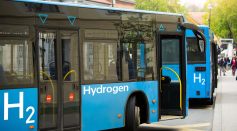
Locals Fear Life Over UK Hydrogen Heating Pilot [Reports]

How Old is the Water You Drink? Around 4.5 Billion Years

Greenhouse Gasses Such as CO2 Could Transform Into Production of Raw Material Using Nanodiamonds
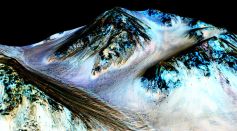
Mars May Have Been Much More Habitable 4 Billion Years Ago Than Today, New Study Suggests

Hydrogen Air Moisture Can Now Be Transformed Into Renewable Electricity, Study Says
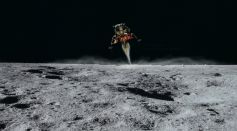
World Map of Hydrogen Abundance Enables Scientists to Understand the Origin of the Moon

1.2 Billion-Year-Old Groundwater in South African Mine Has the Highest Radioactive Products Ever Discovered in a Fluid
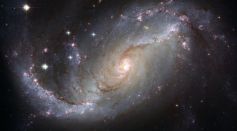
Repeatedly Exploding Stat Produces Gamma Ray, What Is Stellar Vampirism?
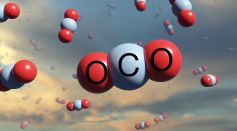
Novel Catalyst Can Turn Carbon Dioxide Into Gasoline 1,000 Times More Efficiently Than Existing Methods
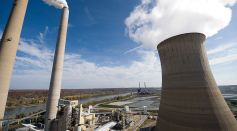
Carbon Capture Storage Powered By Hydrogen Extracts 99% CO2 At a Rate of 2 Liters Of Air Per Minute
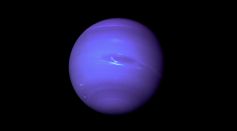
Scientists Explain Why Ice Giants Uranus and Neptune Have Different Shades of Blue

Could It Be Raining Diamonds in Uranus and Neptune? Scientists Use Mathematical Model to Find Out What's Happening Inside the Ice Giants

Meet Maggie: The Largest Structure in the Milky Way Located 55,000 Light-Years Away From Earth
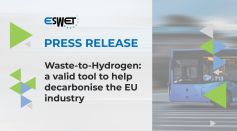
Waste-to-Hydrogen: A Valid Tool to Help Decarbonise the EU Industry
Photocatalysis: How Effective Is This New Approach to Optimize an Aerogel Made of TiO2 Nanoparticles?
Sun a 'Surprising Source' of Unexplained Water on Earth: What is Solar Wind Theory?

Newly Created Superionic Ice May Give Insight on Planetary Formation and Location of Life in the Universe
Most Popular

Will Earth's Magnetic Poles Flip Next? Magnetic Pole Reversal Explained Through Cutting‑Edge Magnetosphere Science

Relativity Time Dilation Explained: The Physics of Time and Why It Moves Differently in Space

How Lightning Science Reveals Why Charged Storms Are Rising with Global Warming Effects

De-Extinction vs. Conservation Science: Which Approach Protects Biodiversity Most Effectively?





